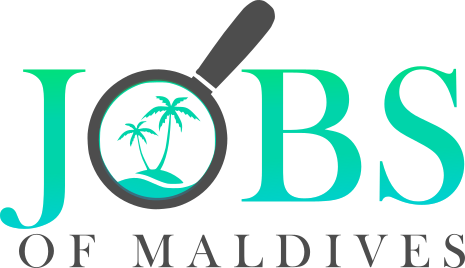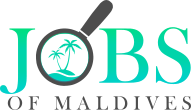How To Write A Cover Letter
A cover letter is a one-page letter that goes with the career submission.
If the work advertisement specifically states otherwise, you can still include a cover letter.
What is the intention of a cover letter?
You should have the following in your cover letter:
- Please present yourself
- Consider the position (or kind of job) for which you’re applying (or looking for)
- Exemplify that your skills and experience are comparable to both the experience and skills necessary for the position
- Persuade the reader to look over your resume
- Concluding with a call to action (for example, asking for an interview or a meeting)
What is the acceptable length for a cover letter?
Ensure simplicity. Since a cover letter is intended to be a rundown of the resume, keep it to one page only.
Creating a cover letter that is tailored to the work
Create a new cover letter for each position you apply for. Your cover letter should illustrate that you appreciate the job and what the boss is looking for.
To do something like this, be clear about your abilities and attributes. You may also explain how they fulfill the expectations of the work or the company.
Above are three fast tips for getting your cover letter as detailed as feasible:
1. Determine who you want to send it to.
Make an effort not to send your letter to ‘To whom it may concern.’ Learn the address of the person who will be reading your submission. This will entail some effort, but it is well worth it.
If you find the position in an advertisement, it would most likely appoint a contact person to whom you can submit your application. If it does not, notify the employer or advertiser and inquire as to who should receive the submission. The phone is preferable, so if you can’t find contact details, email them.
Don’t use the person’s first name if you figure out their name. Instead, use ‘Mr.’ or ‘Ms.’ and their last name.
2. Learn everything you can about the role.
When determining who to send your application to, you could attempt to contact the person and ask questions. This will assist you in tailoring your cover letter (and resume) to the work.
You may inquire:
- Is it necessary to act as part of a team?
- If I got the job, to whom will I report?
- Could you please tell me more about the kind of person you’re looking for?
- Is there a job description I should look at? (Only ask this if the work posting does not contain a role description.)
- Make a note of the answers to these questions because they will be useful in your cover letter.
3. Learn much more about company
Learn as much as you can about the organization so that you can tailor your cover letter to the place. Here are some suggestions:
- Look up the company’s name on the internet if you know it.
- Visit the company’s website (especially the ‘About Us’ page) if it has one.
- If the employer’s name isn’t mentioned in the advertisement, contact the recruiting agency or advertiser and inquire about the business.
What do you put in your cover letter?
The below is a list of things to use in your cover letter. For examples of how to incorporate these elements, click here.
Your name and contact details
Include your name and contact address at the top of your cover letter. You are not required to include your mailing address, but you do provide your email address and phone number.
Your email address should convey a professional image. Do not use email addresses such as yolozapbangpowdude@xmail.com.
If you are not using a professional email address, you can build one using a free email program. Keep it easy – anything that contains the first and last names is a nice place to start.
Their contact information and name
You should have the following information under your name and contact information:
- the address of the person whom you’re writing
- their status or the name of their business
- Their contact information
If you can’t locate this detail, contact the organization to inquire who you should send your application to.
You can still use ‘To whom it might concern,’ but this can only be done as a last resort.
The name of the job you’re applying for
You must state which position you are applying for at the beginning of your cover letter.
This can be done on a separate line (for example, ‘Regarding: Application for Stock Controller position’).
This can also be done in the first paragraph (for example, ‘I am writing to apply for the newly advertised Stock Controller position.’)
A list of the related skills
Include a concise overview of how the qualifications and experiences correspond to the work requirements. A brief list of bullet points is appropriate.
If you respond to a job advertisement, the work requirement can include a list of needed skills and experiences. It may also have a list of “desirable” qualifications and experience. Your cover letter must address any thing on the ‘essentials’ page. You can also respond to as many things on the ‘desirable’ list as you possible can.
Remember that if you claim to have a talent or expertise, you must demonstrate how you’ve used it or how you obtained it (for example, if you claim to have child-minding skills, list any occupations where you’ve used them).
A list of why you are eligible for the role
After listing your qualifications and experience, clarify why you’re qualified for the role (for example, “My ability to get along with others and my experience in addressing consumer issues in a retail environment make me perfectly suited for this work.”
Request that they notify you
Your cover letter should conclude by requesting that the boss read your resume. It should also request that they call you for an interview.
Try something straightforward like, ‘I have added a copy of my resume.’ I eagerly await your response about this role.’



